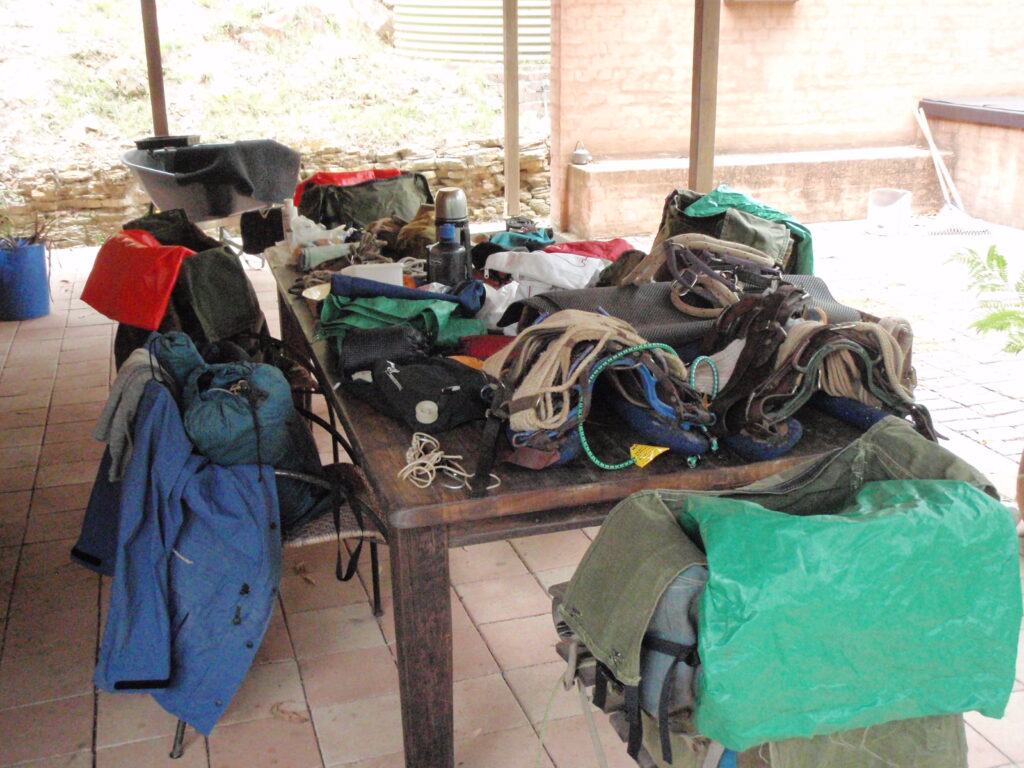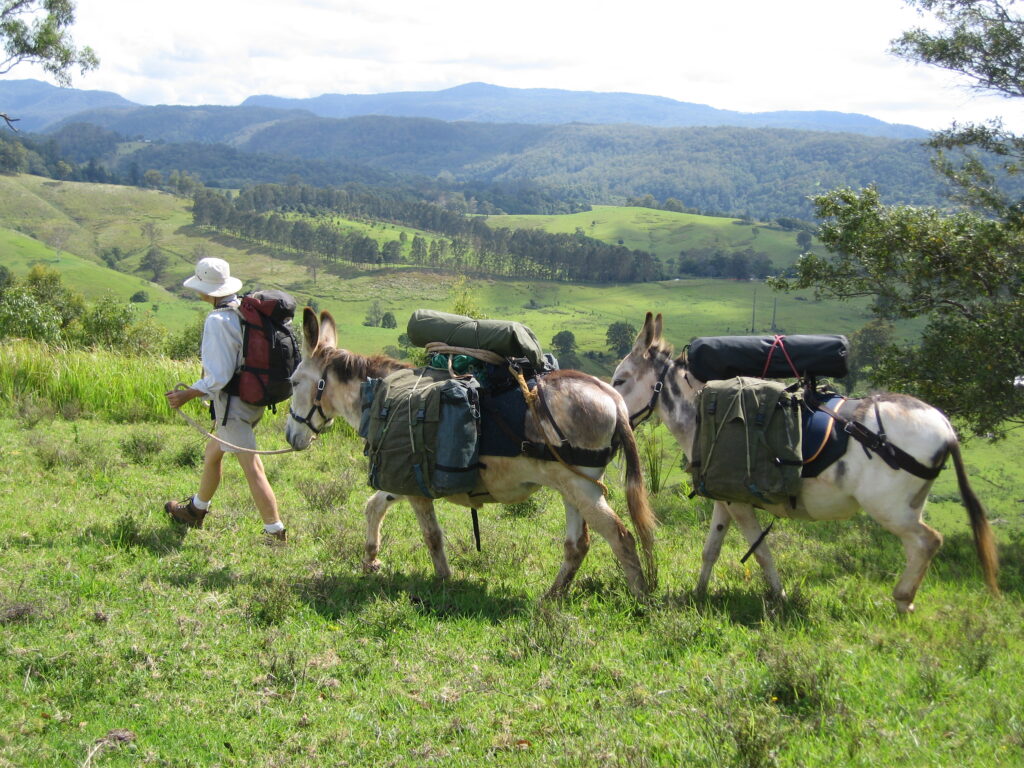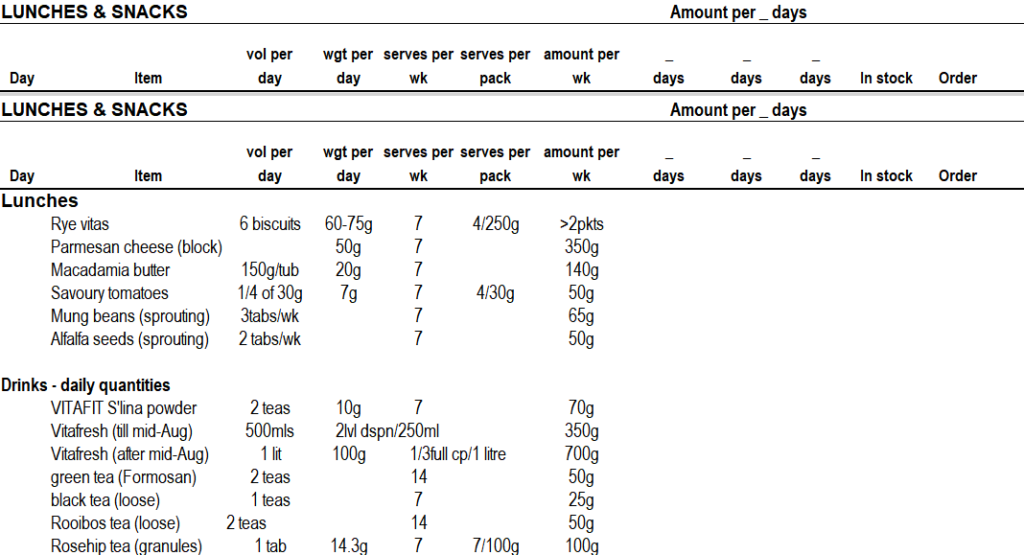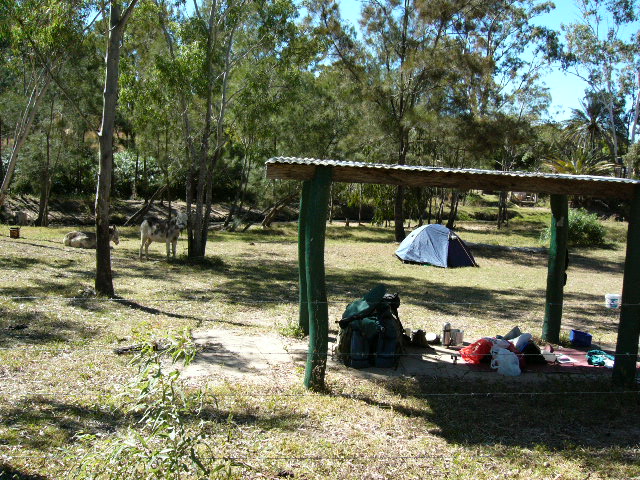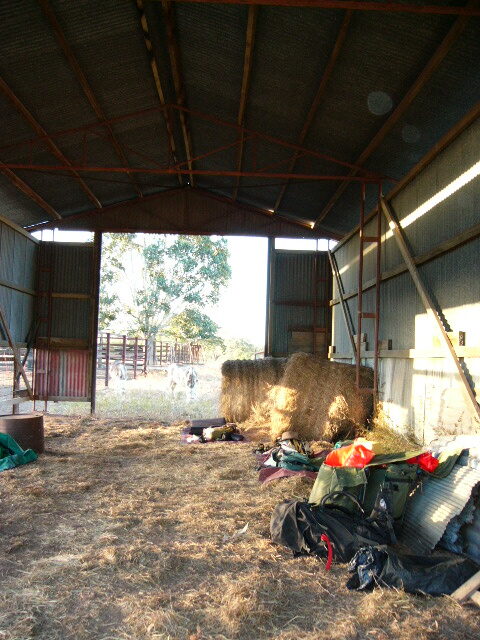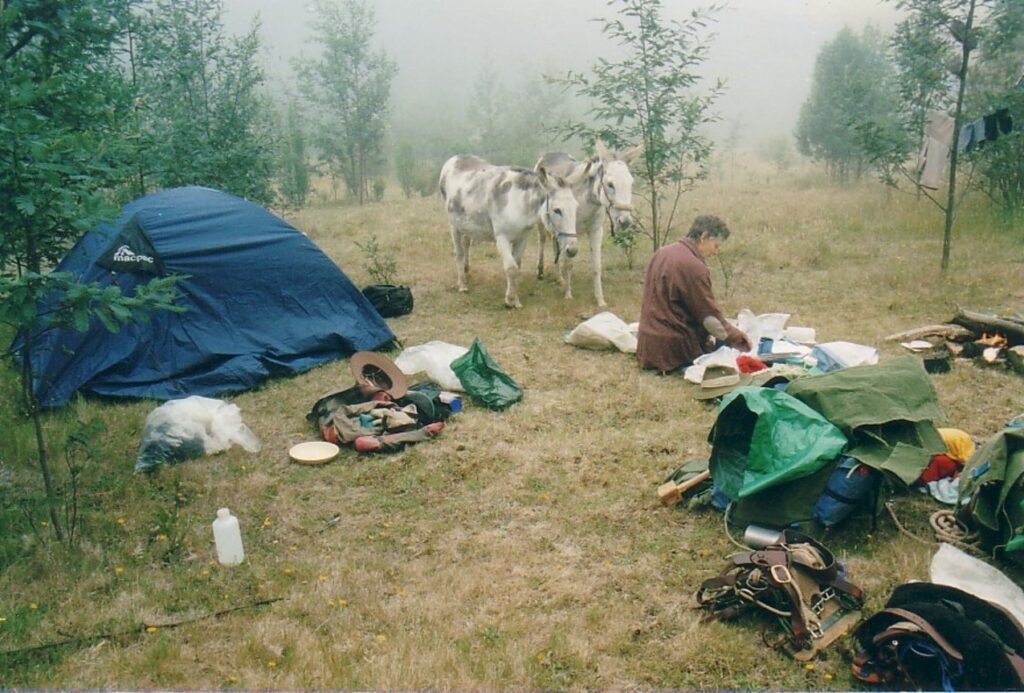Food for Long-Distance Trekking
By Liz Byron January 2021
I discovered the Bicentennial National Trail (the BNT) and long-distance trekking after thirty years of overnight bushwalking with my husband and children. Weekends and school holidays, whatever the weather, our family would escape the Sydney suburban life to camp nights in the rugged beauty of Australia’s wilderness. The littlest children travelled on our backs packed in with sleeping bags, tents and dehydrated food. This was the early seventies when bushwalking shops did not cater for little ones so we manufactured our own gear for them to carry a small pack when able to walk the distance themselves. Once they could shoulder a full pack their friends came along too.
When the children left home, my husband and I continued our rugged adventures for many more years. Then around age sixty my body began to protest against twenty or more kilos on its back. We had just moved into a new home surrounded by 40 acres of undulating, dry, sclerophyll forest. The only cleared area was a five-acre paddock with thistles and other weeds, pick for my two donkeys. The turning point was to realise donkeys could carry my load. Long-distance trekking here I come!
Then life took another turn in the direction of trekking solo, with donkeys but without husband. The BNT seemed like a great idea and I opted for the Queensland section.

My plan was to trek the 3,000 kilometres from Cooktown to the NSW border. I reckoned on nine months. In the end, the donkeys and I walked as far as Mount Perry, 500 kilometres short of our destination, but satisfying nevertheless. More than that, it was a wonderful adventure, which you can read about in The Only Way Home, published by Woodslane.
The Food Supply system
As a vegetarian, I was not confident of obtaining the type of food I needed in rural Queensland amongst all the cattle and sheep stations! But two donkeys could easily transport a month’s supply of dried foods between them: dehydrated vegetables, various sorts of grains – rice, millet, quinoa, oats – dried fruit, nuts and powdered milk. I would acquire fresh food whenever and wherever available, but powdered Spirulina and Vitamin C would be essential for adequate iron and Vitamin C intake.
My experience, of organising and cooking meals for eight to ten people walking for seven days in the bush, came into its own. As well as the fun and trials of the outdoor life itself, I enjoyed the challenge of packing sufficient sustenance for vigorous activity without carrying a gram more than was actually required.
I worked out a supply system on the trek with Mountain Wholefoods in Canberra. The owner John and I had an arrangement whereby I would place my order for a month’s supplies – by fax or email – in plenty of time for his staff to pack and mail it to my nominated post office. John even stored items for me that he didn’t normally stock, such as the dehydrated vegetables from Tinderry Mountain Dried Foods. The nutritional value of their vegetables was immediately apparent by the naturally strong colour.
Enjoying life outdoors requires being present in the body. Thinking about an experience is not the same as having it. I didn’t want to touch a computer during the trek and aimed to minimise administration so as to avoid the disabling effect of left-brain thinking when replenishing a month’s supply of consumables. I created separate order templates for breakfast, dinner and lunch/nibblies/drinks and carried sufficient hard copies to fill in and fax or post. The system worked well.
The Menu
My menu was based around one week’s meals that varied day-by-day. Only lunch remained the same: four or five Ryvitas with dried tomatoes, chilli and Parmesan cheese (sliced or shaved, depending how old and hard it was). Good Italian parmesan cheese was a great asset: wrapped in cloth it kept fresh for weeks without going mouldy, tasted great and provided protein and calcium. But it had to be proper Italian parmesan, not the stuff sold by the supermarket chains. I pre-tested 300 grams from a supermarket by leaving it wrapped in a tea towel on the bench. Within a week it was greasy, hard and the colour of dirty dishwater. My delicious real Italian parmesan, on the other hand, lasted for weeks on the trek stored in cloth through the hottest of weather conditions.
To save fuel and time in the mornings, I cooked extra dinner-grain the night before. The cooked quinoa or rice or whatever, was mixed with two heaped tablespoons of powdered milk. Dried fruit that had been soaking overnight in plenty of water supplied moisture and sweetness. A drizzle of honey completed the essential high carbohydrate, high fat breakfast for long distance trekking.
Nutrition and lightness of weight were competing priorities. Then there was the complication of ordering by weight while allocation on the Trail was by volume. I prepared for the trek by measuring and recording the relative volume and weight of every consumable item. Each item on my spreadsheets identified the volume and weight per meal and the number of serves per week, which was translated into weight per week. I was grateful for every minute of the painstaking effort when filling out my order on the trek.
Restocking
The first test of the system was at Mossman where the donkeys and I camped at the showground. My first six weeks’ dried-food-supplies had been packed in two separate boxes: one for the first three weeks on the Trail and the second awaiting collection at Mossman post office together with another box containing bulk-foods such as vegemite, honey, cooking oil, salt, tamari, purchased in larger containers. Such bulk-foods were de-canted before posting the remainder on to the next supply point for collection along with the new order from Mountain Wholefoods. For two days I was busy sorting, packing and trudging the kilometre to and from the Post Office armed with large plastic boxes, nevertheless thrilled at how well my system worked. Re-stocking at Mossman was complete once all food-stuffs for the coming month had been packed into draw-string bags coded according to breakfast, dinner, lunch or nibblies.
One of the easiest restock gigs was at Innot Hot Springs where I was allocated the most delightful campsite in a caravan park catering mainly for grey nomads in massive rigs. My spot was right by the hot springs, well away from everyone else, a shelter for storing my gear, plenty of space for one donkey to be on a nice long tether while the other free-ranged and the post office nearby at the park office. While I spent most of my time surrounded by what looked like an inordinate amount of gear.
On the morning of departure, van people started drifting over well before I’d finished packing up. Cameras and videos clicked and whirred as I saddled the donkeys. Next was the hardest job of my day: hooking a twenty-kilo bag onto each side of two donkeys without letting their saddle slip sideways.
I turned to the crowd, “So who’s willing to help me hook these on?”
A bald, fit-looking guy stepped up to turn a tough job on my own into a piece of cake. More cameras snapped as I attached the final loose bits and pieces – sleeping mat, water bag, map and handbag containing wallet, notebook, pen, GPS and mobile phone.
As I shouldered my backpack with thermos and the day’s food, someone exclaimed, “Wow! You’ve done it! We’ve all been having bets on whether you could fit all that stuff on two donkeys.”


